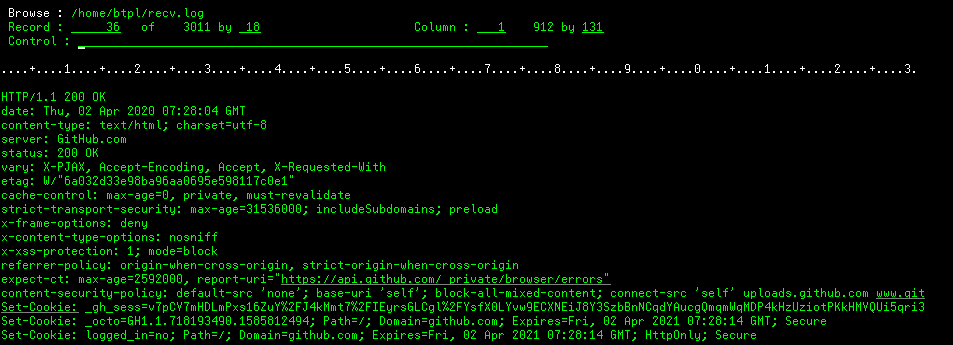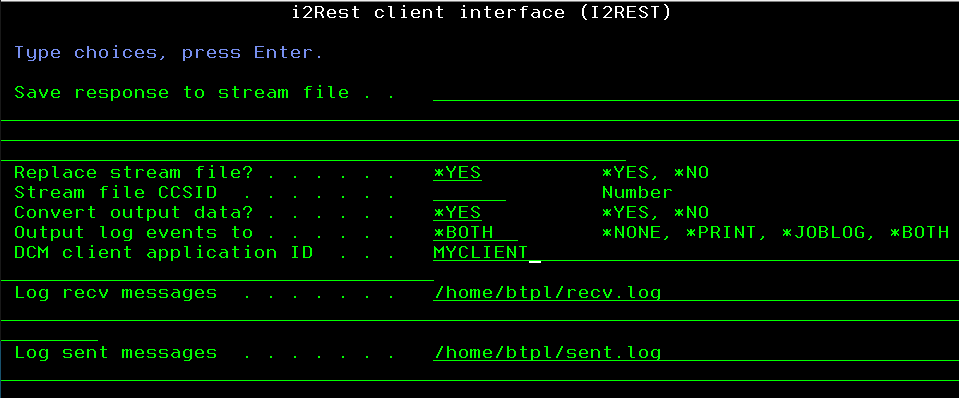Difference between revisions of "NoAuth usecase 1"
Pavel.lobko (talk | contribs) |
Pavel.lobko (talk | contribs) |
||
| Line 3: | Line 3: | ||
== Simple Http request == | == Simple Http request == | ||
<div id="session_gate"></div>The simpliest example. Just choose <code>*None</code> [[Authentication method]], specify URI to be requested and request type - that's all. <br> | <div id="session_gate"></div>The simpliest example. Just choose <code>*None</code> [[Authentication method]], specify URI to be requested and request type - that's all. <br> | ||
| + | I2REST COMMAND(*GET) URL('http://apache.org') AUTHMETHOD(*NONE) | ||
[[File:Noauth-1.png]] | [[File:Noauth-1.png]] | ||
| − | + | ||
== Https request with logging == | == Https request with logging == | ||
Revision as of 11:43, 6 April 2020
Simple Http request
The simpliest example. Just choose *None Authentication method, specify URI to be requested and request type - that's all.
I2REST COMMAND(*GET) URL('http://apache.org') AUTHMETHOD(*NONE)
Https request with logging
Lets exemine some more complicated example:
I2REST COMMAND(*GET) URL('https://github.com') OUTPUT(*BOTH)
DCMCLIENT(MYCLIENT) RECVLOG('/home/btpl/recv.log') SENTLOG('/home/btpl/sent.log')
AUTHMETHOD(*NONE)
Dealing with ssl/tls secured resources you have to setup your IBM i DCM client.
Result of a request could be checked in a joblog and/or printer output file, according to a value of « Output log events to» parameter.
All the data transferred from/to remote server will be saved to log files specified in parameters « Log recv messages” and “Log sent messages».


